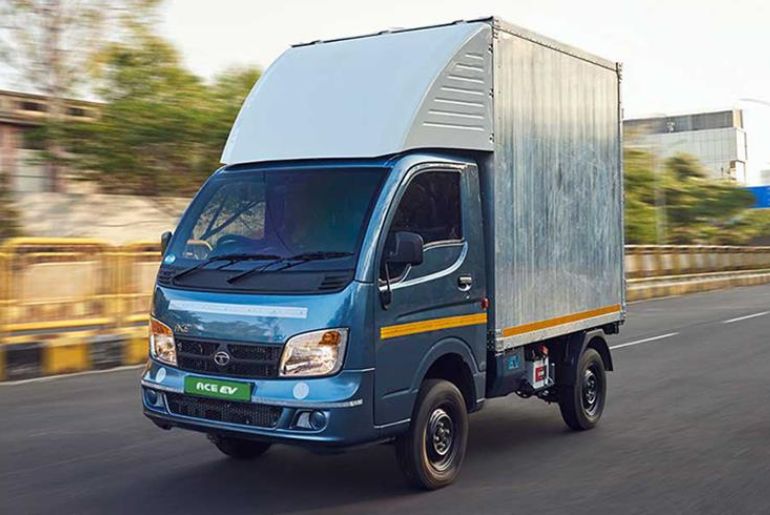Executive Director Girish Wagh stated on the post-earnings call that Tata Motors plans on changing its electric vehicle (EV) strategy to concentrate on creating demand rather than depending on government incentives.
The remarks coincide with the March 2024 expiration of FAME 2, a significant government programme encouraging the uptake of EVs. Tata Motors plans introduced a new 1-ton version of its ACE electric small commercial vehicle (SCV) to close the gap. Although the new model costs 17% more than the 600 kg FAME-subsidized model, the company promises that customers’ Total Cost of Ownership (TCO) will be reduced by 30%.
“We were preparing for this post-FAME environment and have launched an exciting range of products,” Wagh said, highlighting Tata Motors’ proactive approach.
The company boasts over 4,300 ACE EVs on Indian roads, accumulating 16 million kilometres and clocking high repeat purchase orders. Additionally, Tata Motors is a leader in electric buses, deploying over 1,700 units in FY24, bringing its total fleet to 2,600, which have cumulatively covered over 140 million kilometres.
“Going ahead, we continue the engagement with government agencies,” said Wagh, expressing confidence in the payment security mechanism for electric buses. He added, “We are now working on options for the asset-light business model,” hinting at potential participation in future tenders with a focus on operational efficiency.
Tata Motors plans a strategic shift towards building a sustainable EV business model independent of government subsidies. The focus on TCO and exploring asset-light options suggests the company is confident in the long-term viability of its electric vehicle portfolio.


